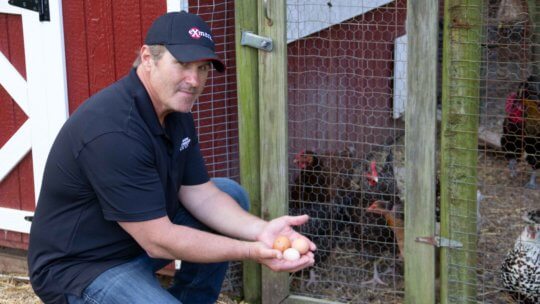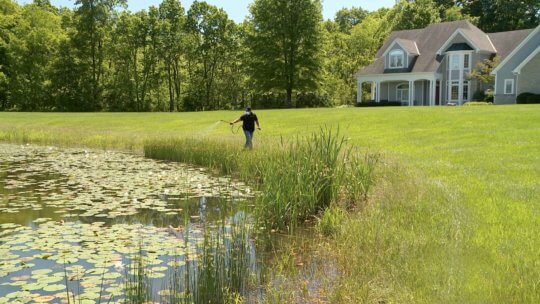
Michael Waddell’s Wildlife Management Tips & Techniques
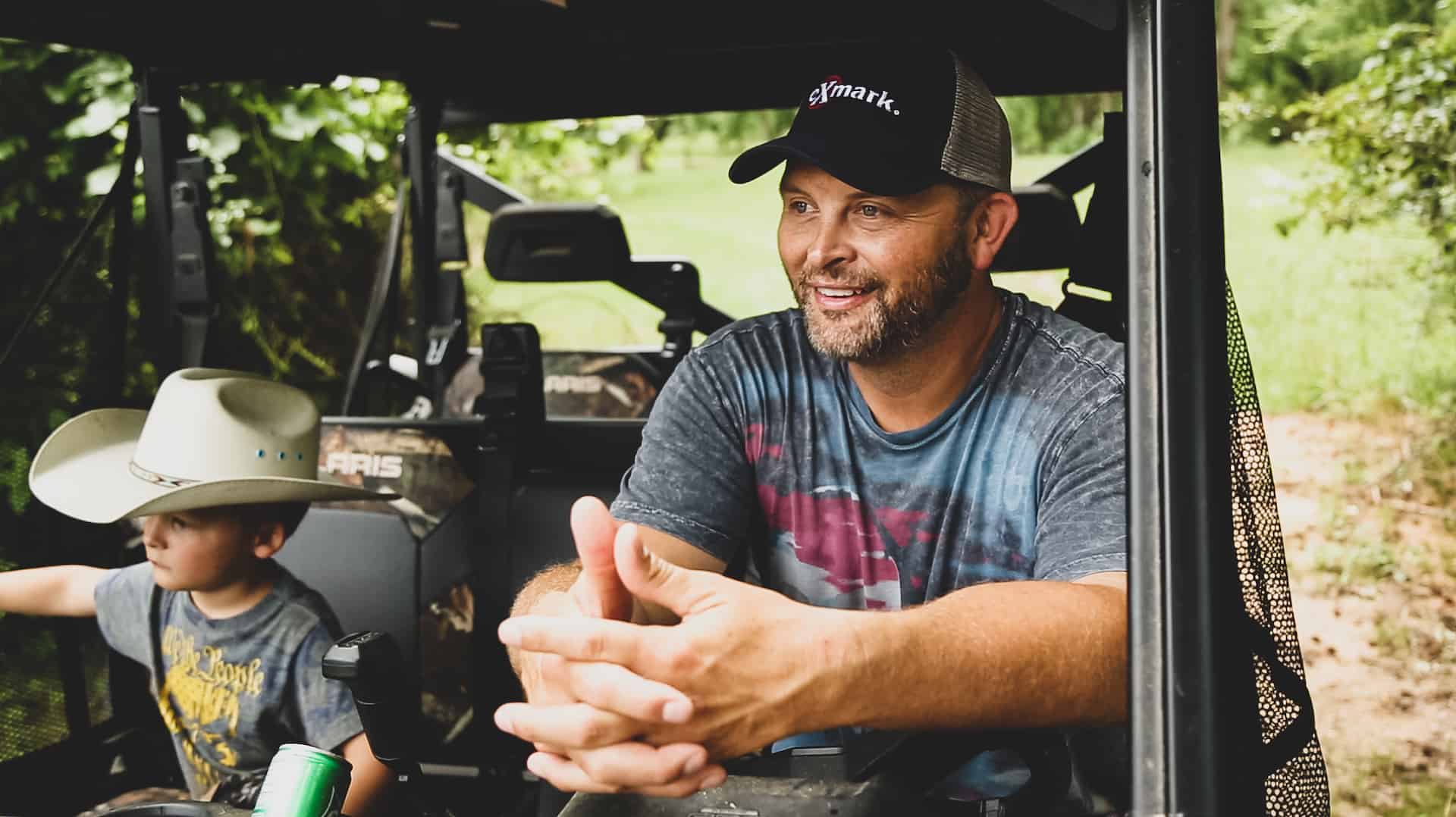
Every year, more and more Americans are choosing to leave city life and put down roots beyond the city limits. And for many, the desire to build a new lifestyle around recreational hunting, habitat improvement, or multi-generational traditions is fueling their rural moves. Maybe your family falls into this camp. If so, you might be interested in an actionable wildlife management plan to create a habitat more wildlife will choose to call home. And, if the thought of doing so seems a bit overwhelming, Backyard Life has tapped Michael Waddell, a legendary hunter and lifelong homesteader. He offers up the best practical, straightforward advice you’ll need to get started with your wildlife management planning.
Michael is quick to point out how fortunate he was to have grown up hunting on his family’s rural-Georgia land. But, he reminds readers that creating and maintaining a wildlife habitat like isn’t as hard as you might think. Before the Bone Collector star shares his personal wildlife management techniques, these are the fundamental wildlife management principles he recommends following to help bring your family’s dream property to life.
Wildlife Management Principles
Assessing Your Resources
The first step in developing a successful wildlife management plan is assessing your property’s natural ability to provide basic resources. These are food, water, cover, and space—all wildlife species require them to survive, multiply, and thrive. While the optimal types, amounts, and arrangements of each resource will vary by species, higher-quality resources will almost always support a higher density of wildlife.
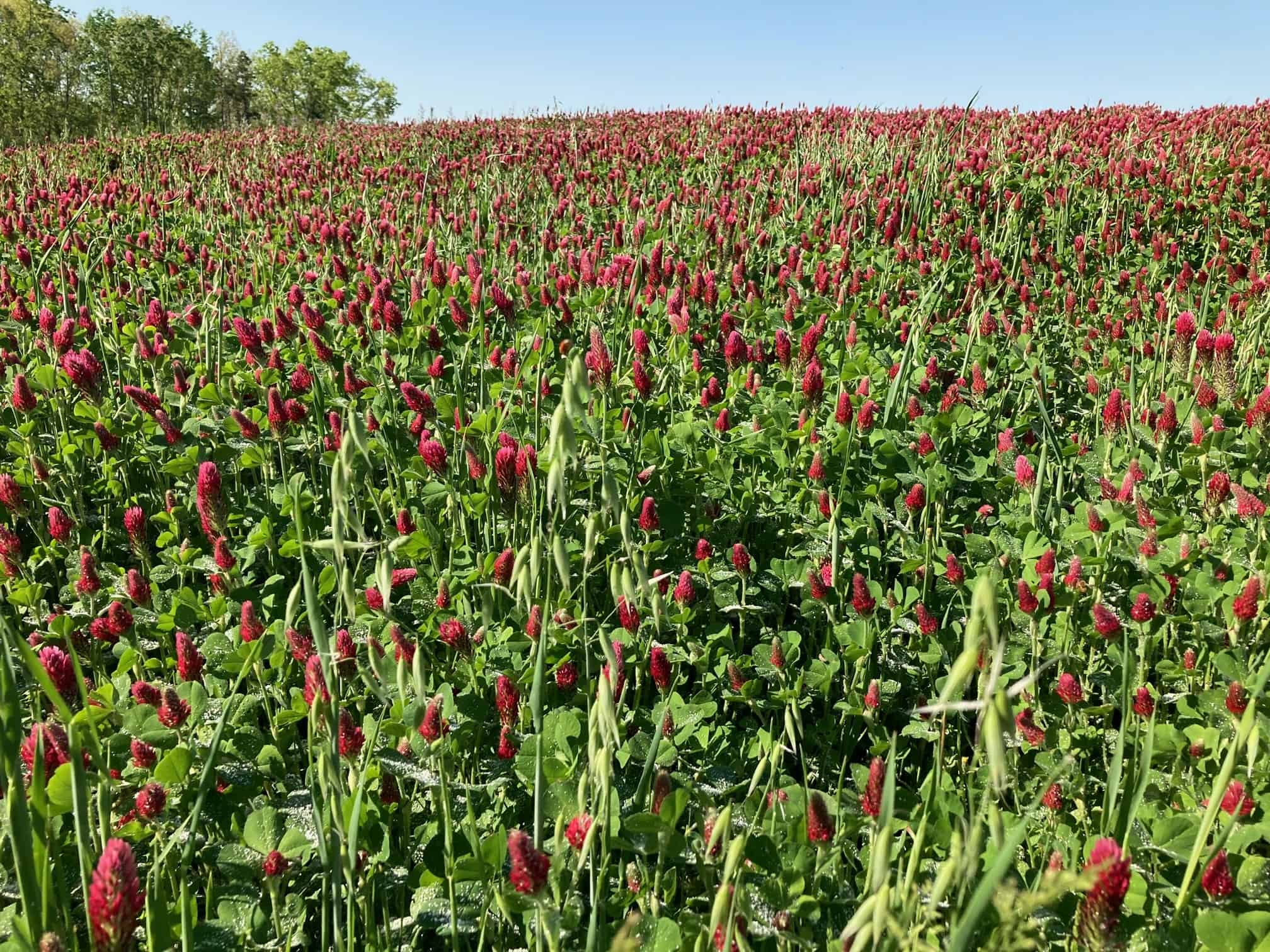

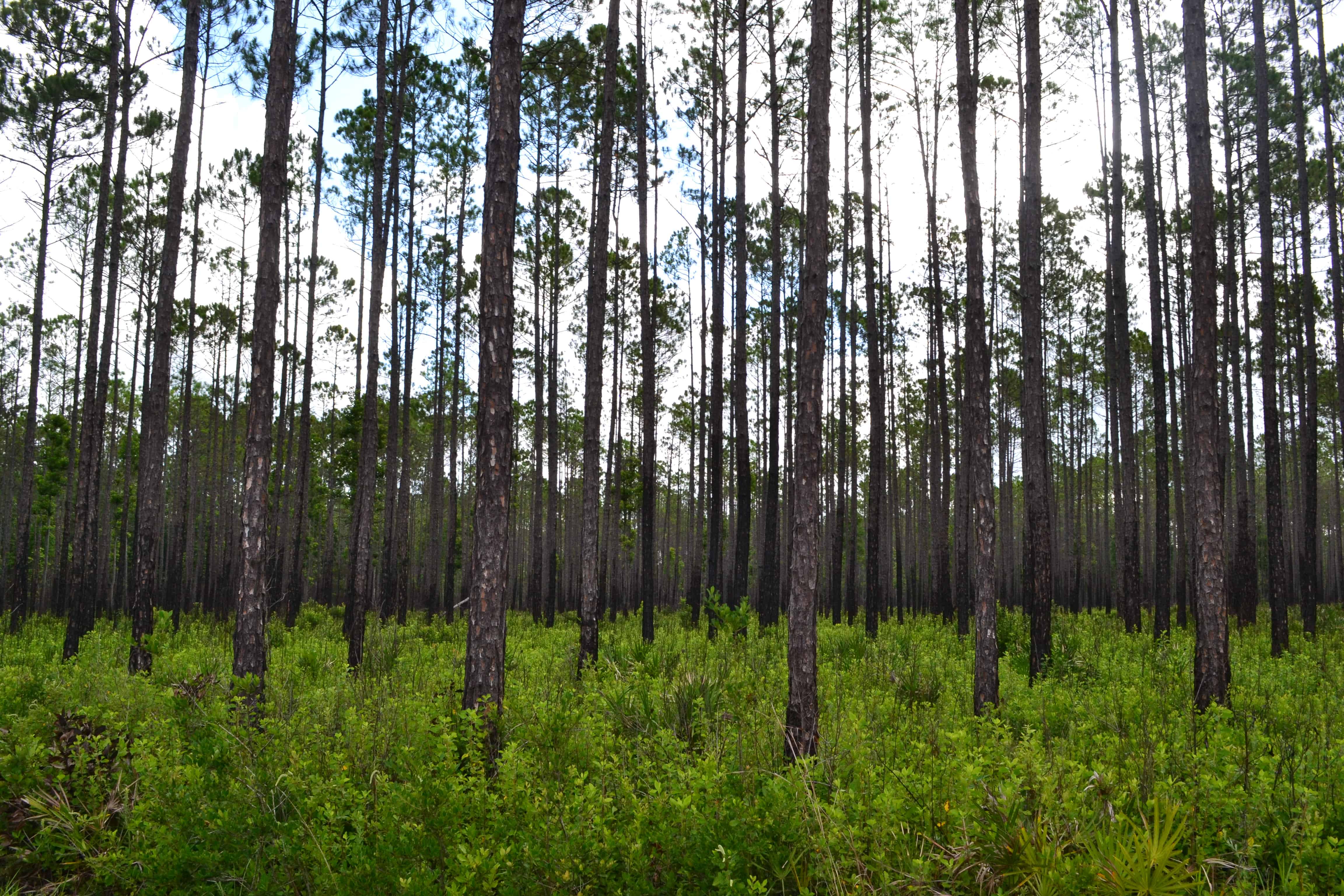
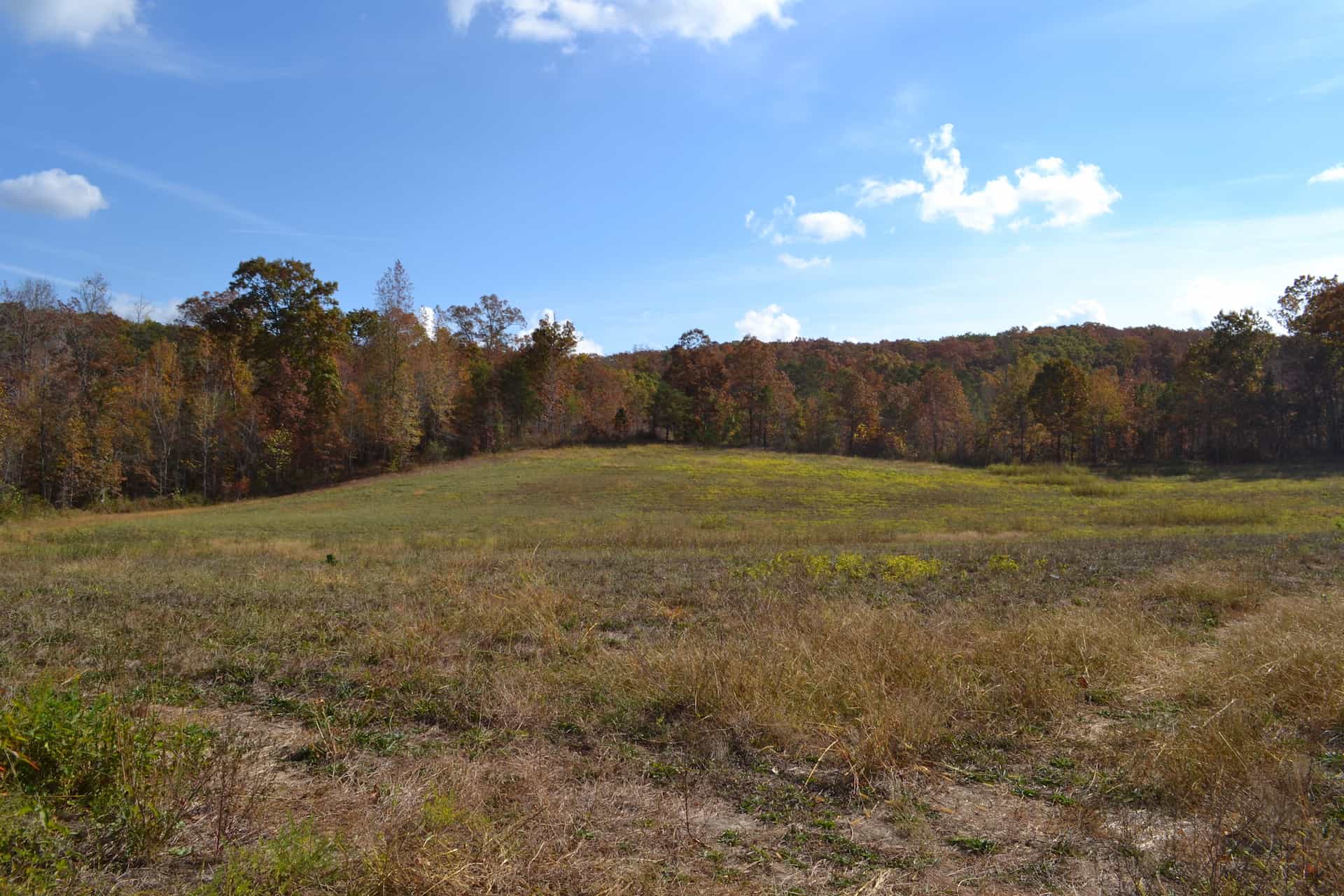
Photos above provided by the Georgia Department of Natural Resources, Wildlife Resources Division.
Considering Your Management Options
Once your property resources have been assessed, next determine the specific wildlife species you’d like to attract. When doing so, Michael suggests considering which of their four basic requirements could be improved on your property. You’ll also want to consider the amount of time and money you’re willing to put towards improving them.

Developing Your Own Tailored Wildlife Plan
After you’ve identified the wildlife species you’d like to attract more of, and the specific resources you’ll either need to enhance or introduce, start developing a personalized plan that will provide the habitat they require. Michael recommends approaching this process like a marathon, not a sprint. Begin improving the specific resource that’s most critical to achieving your wildlife habitat goals. Address the others as time and/or money allows. “Keep in mind it’s not a one-size-fits-all formula,” he adds.
Seeking Outside Assistance
Finally, Michael says you shouldn’t feel hesitant or embarrassed to seek out any free or low-cost local/state/federal agency or technical cost-share assistance that might be available to aid in your habitat improvement efforts.
Michael Waddell’s Deer and Turkey Habitat Management Plan
Now that he’s outlined the overarching management principles you’d be well-served to follow, here’s a look at the specific wildlife management practices Michael uses to attract, nurture, and ultimately harvest more whitetail deer and turkey on his family’s newly purchased farm.
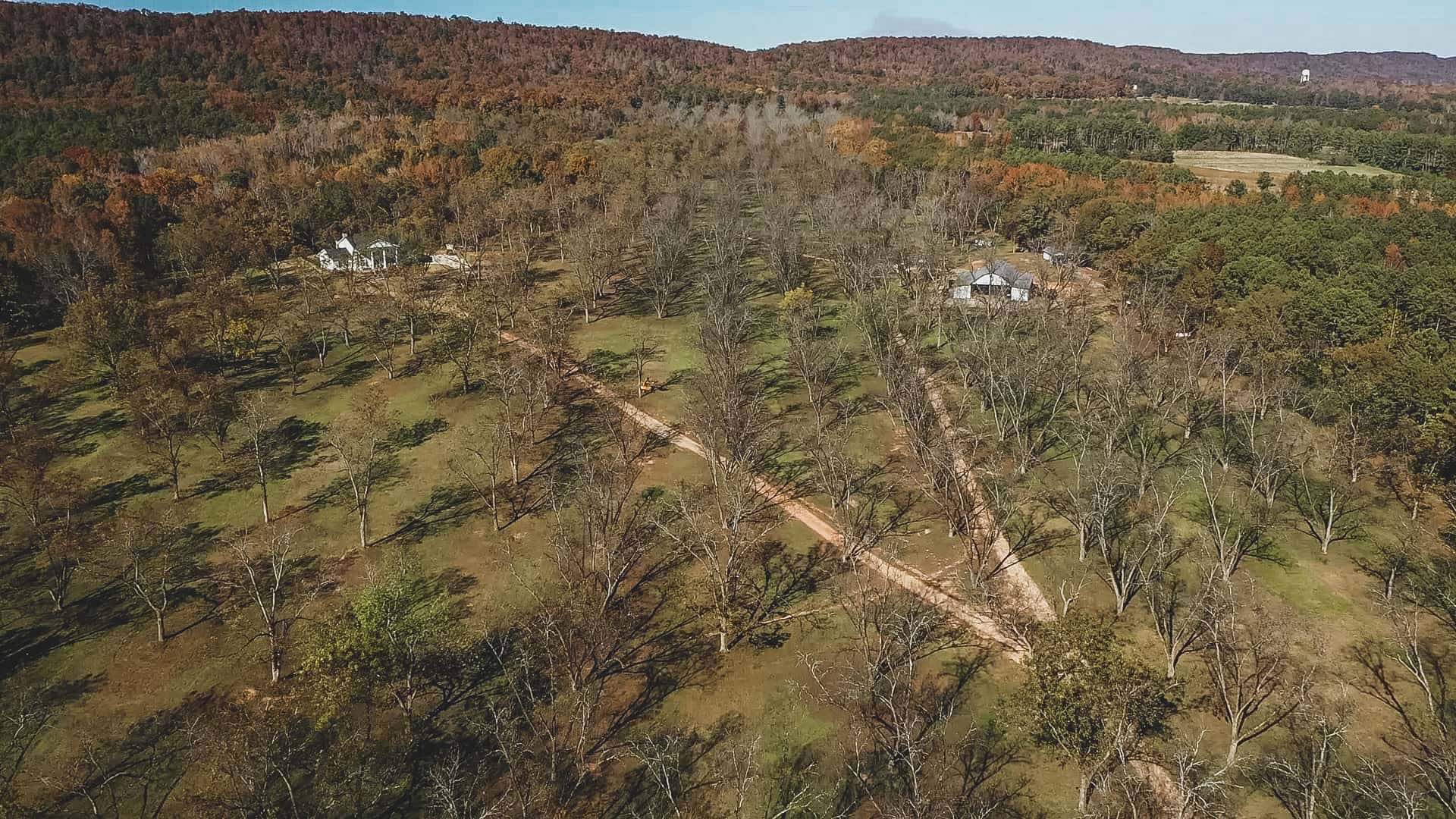
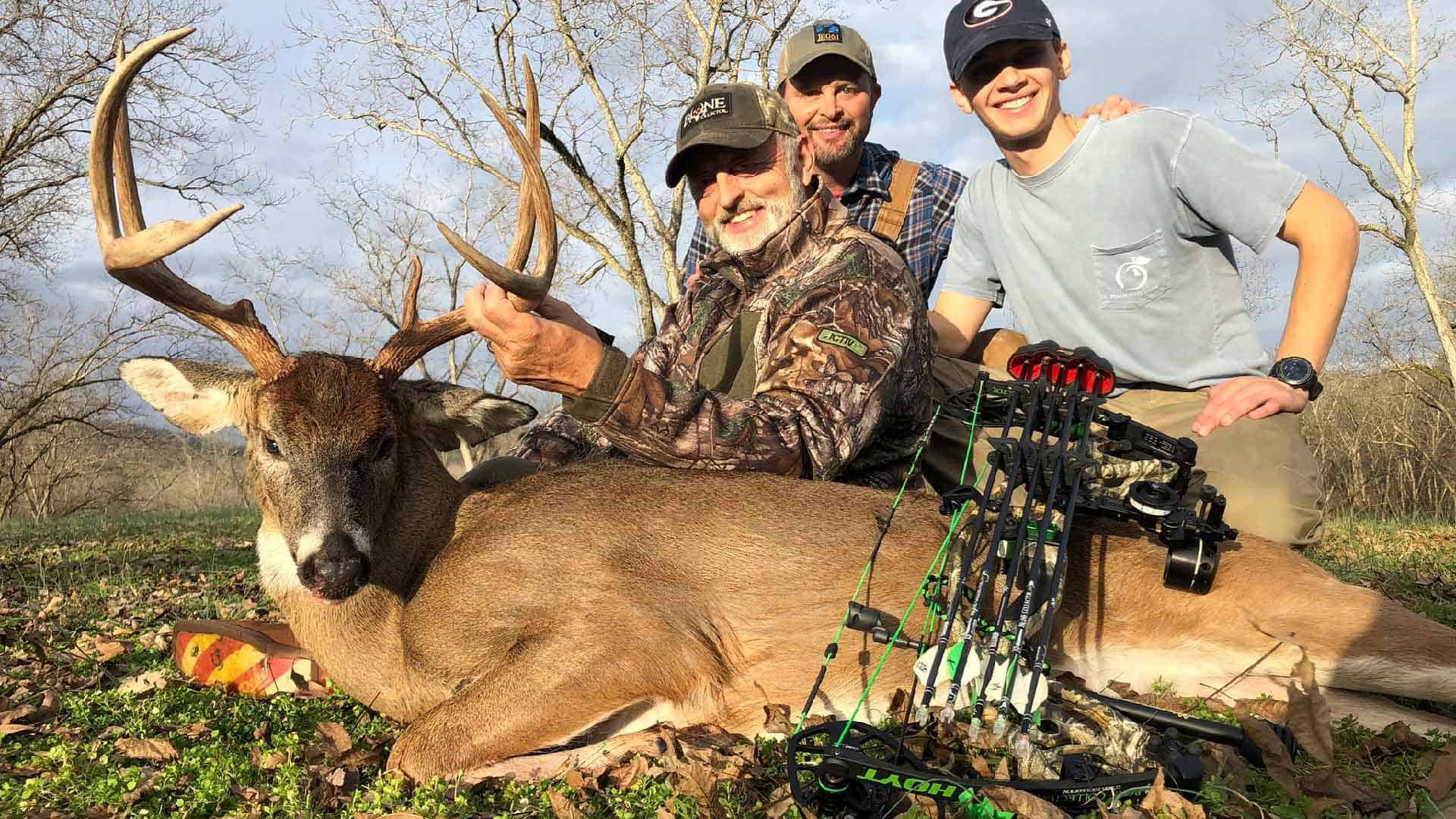
Michael acknowledges that the agricultural management practices utilized in his family’s pecan orchard lend themselves to his wildlife management efforts. For example, by fertilizing and planting clover plots, his deer and turkey populations, among others, benefit as much as his pecans. This “Growing Pecan Trees with Michael Waddell” video provides an inside look at his newfound farming venture.
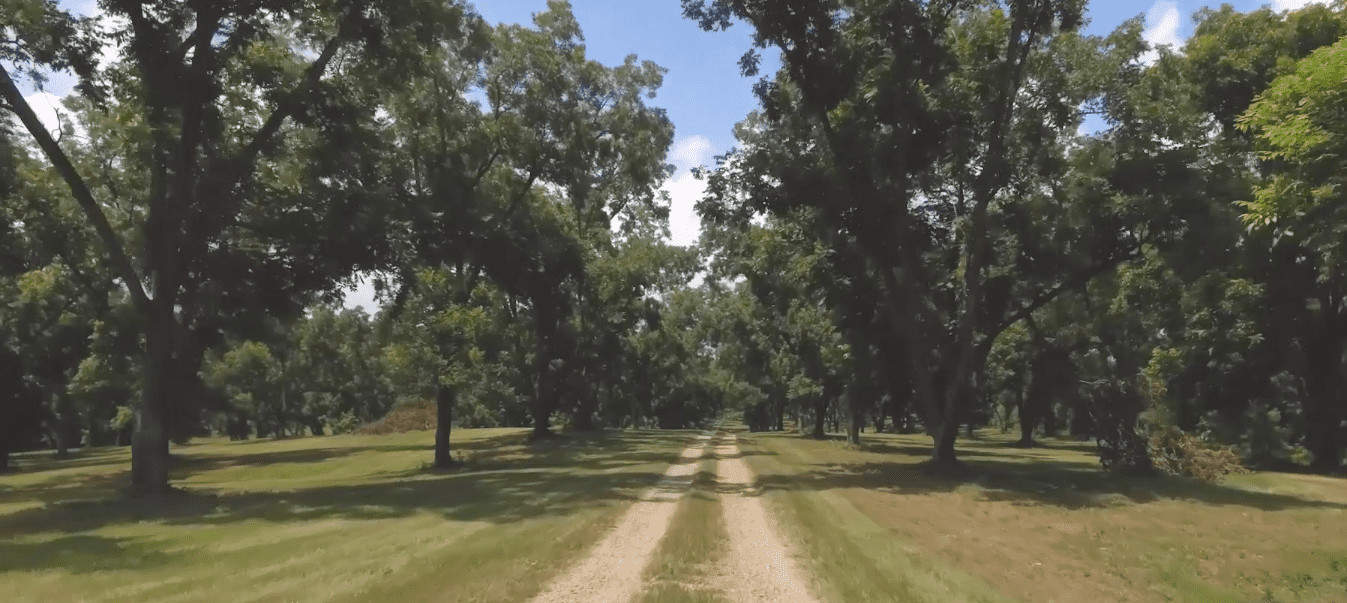
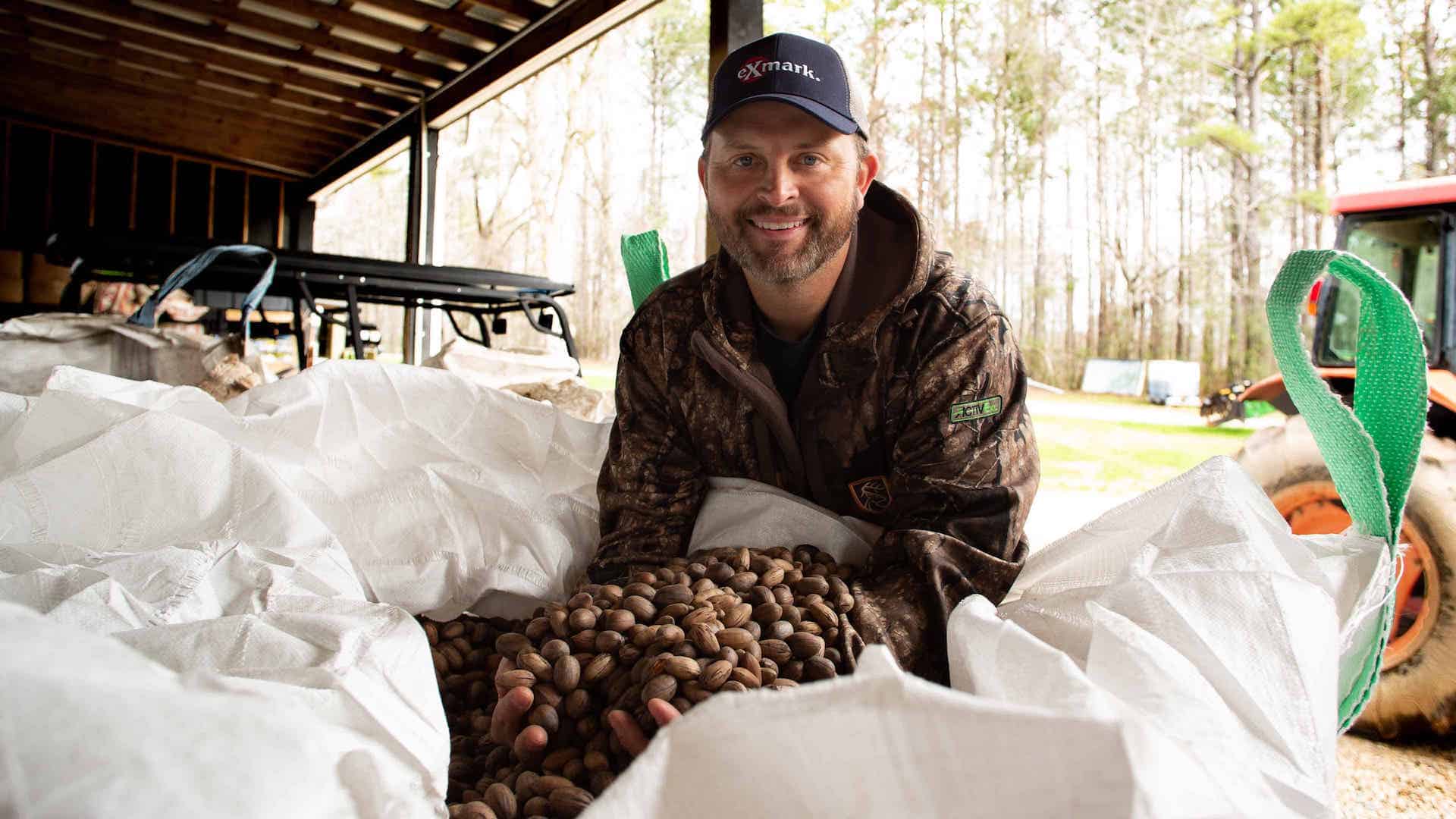
Michael has “core 4” deer and turkey resources—food, water, cover, and space. He classifies cover, along with food, as “habitat.” And space is a category he views as his sustainability limits. These categories break down like this:
Food
In addition to the woody plants, tender grasses, nuts, and berries growing naturally on his property, Michael’s planted protein-rich white clover and blended forage-oat greenfields (a.k.a. food plots). He recommends performing or outsourcing a soil test to ensure your food plots grow and produce as long as possible. Check out this “Deer Food Plot Tips with Michael Waddell” video for tips on attracting deer. Check out this “Michael Waddell’s Turkey Habitat Tips” video to see how he entices more gobblers to take up residence on his property.
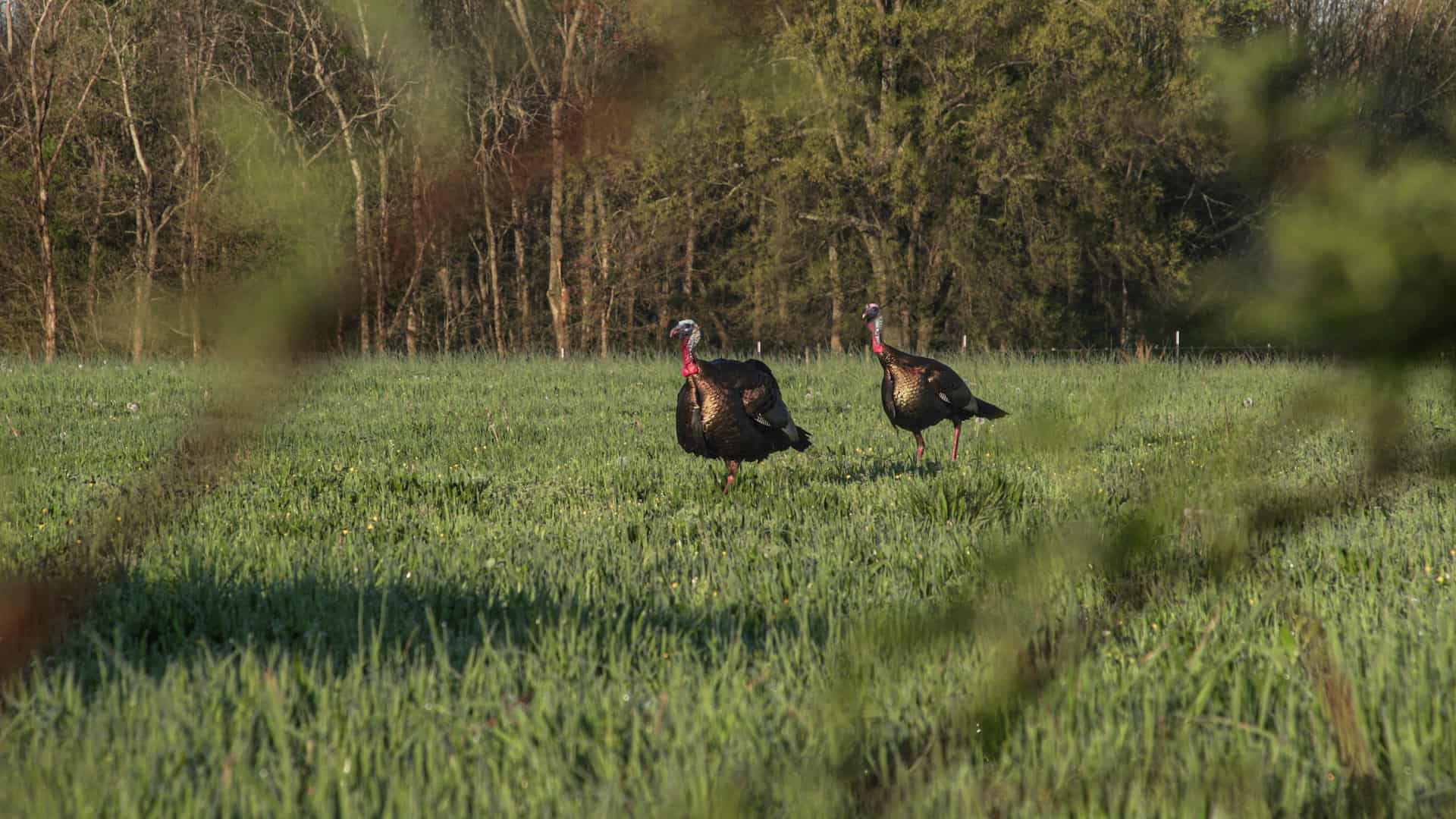
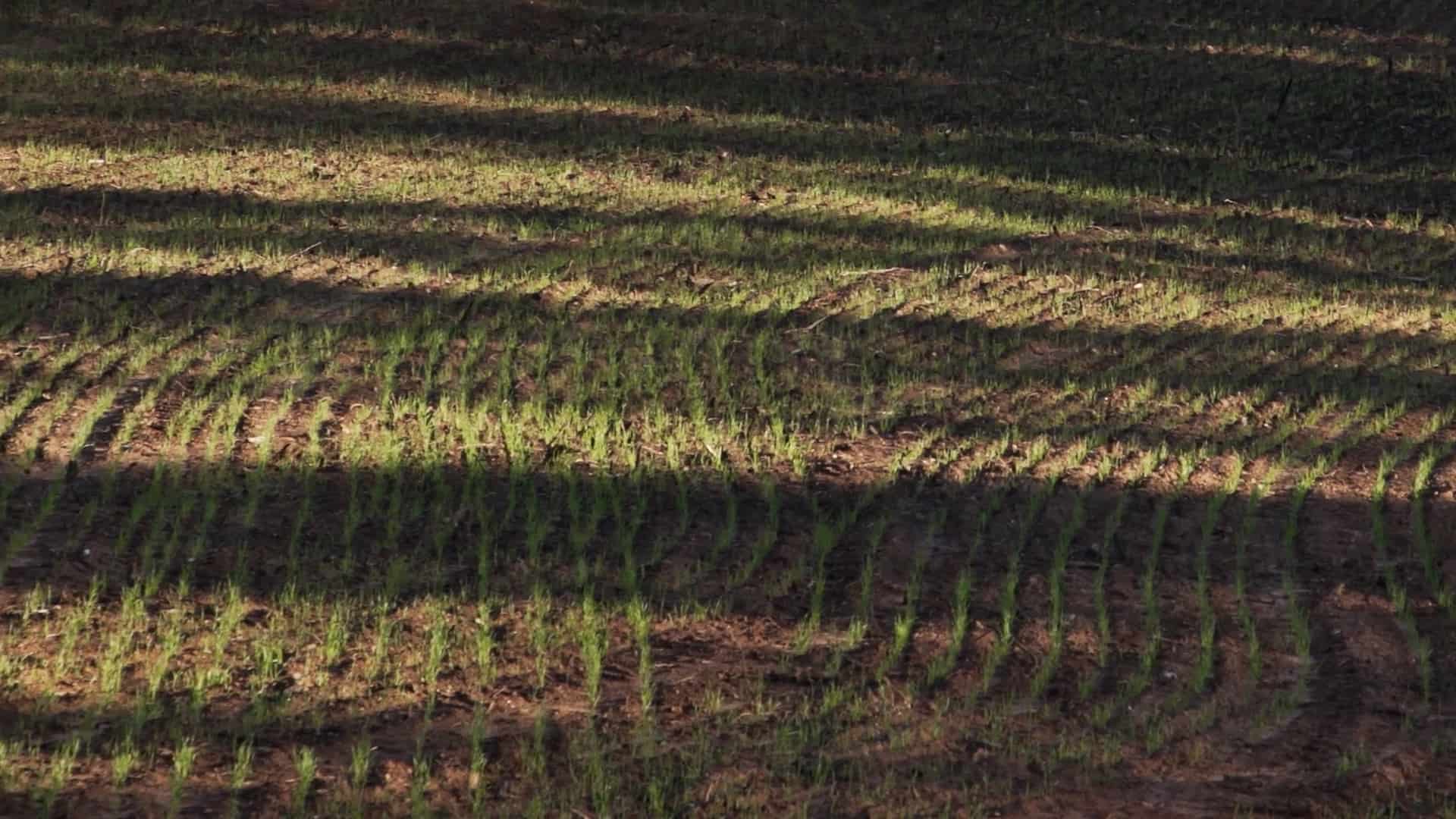
Once his green fields have stopped producing and begin “heading out,” Michael notes they provide outstanding protective and nesting cover for an array of insects and wildlife like turkeys, rabbits and quail. As part of his wildlife management plan, he’ll also cut some at varying heights with his Exmark zero-turn mower. This creates habitat younger poults can access, and feed in, more easily.
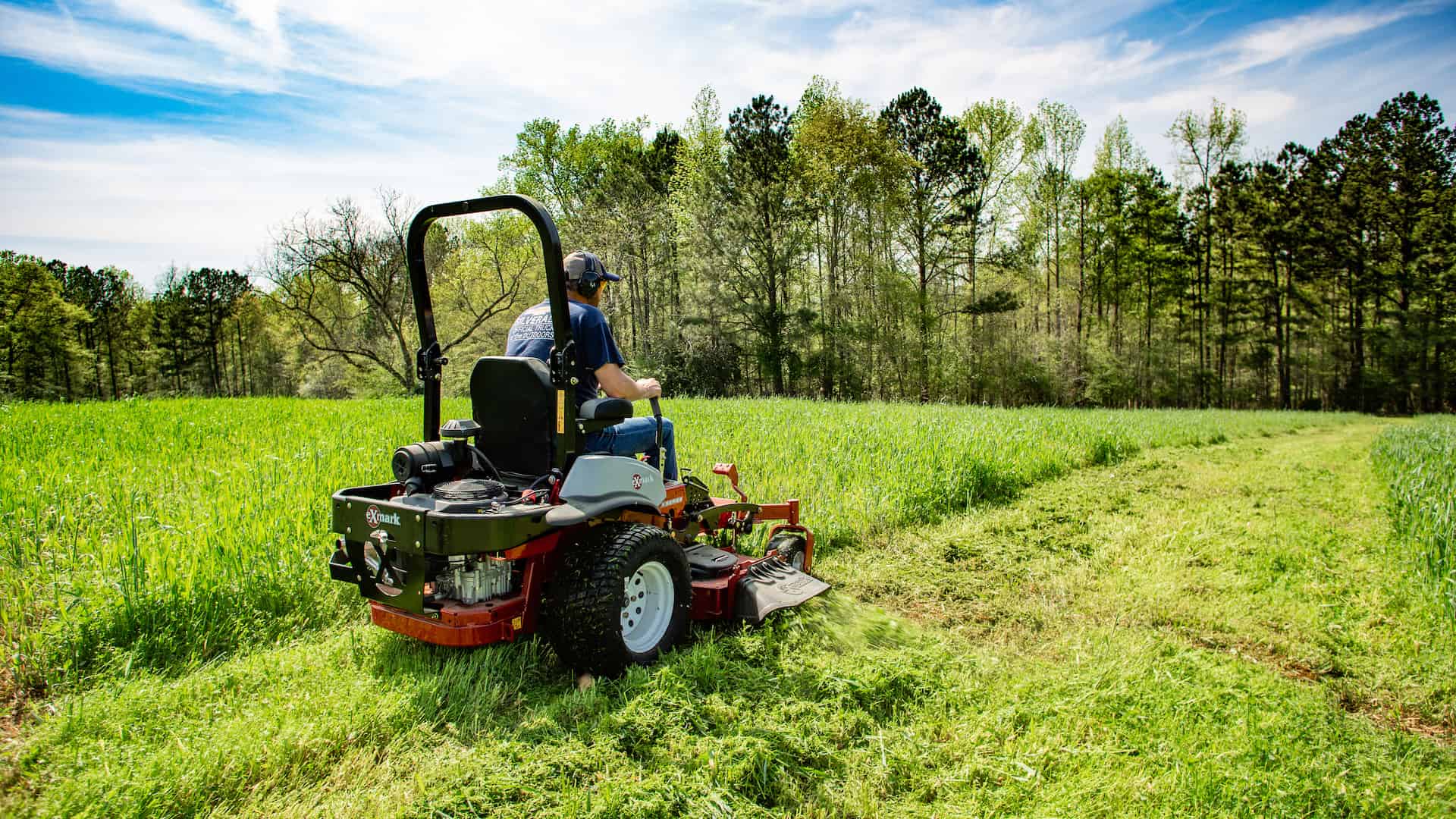
Finally, Michael supplements his greenfields with bagged corn and long-range feed products (namely, BIG&J brand). While both are legal in Georgia, he recommends checking your local hunting guidelines to determine what food sources can be put out, and if or when they can be hunted over. Regardless of the specific product or brand, Michael says providing any type of supplemental food source is a good thing.

Water
In addition to one large creek and three small springs on his property, Michael’s also installed one cattle-style dirt tank and three small in-ground fiberglass tanks. Each of these tanks can be filled manually or can simply collect rainwater. These measures ensure his wildlife has an ample supply of water.
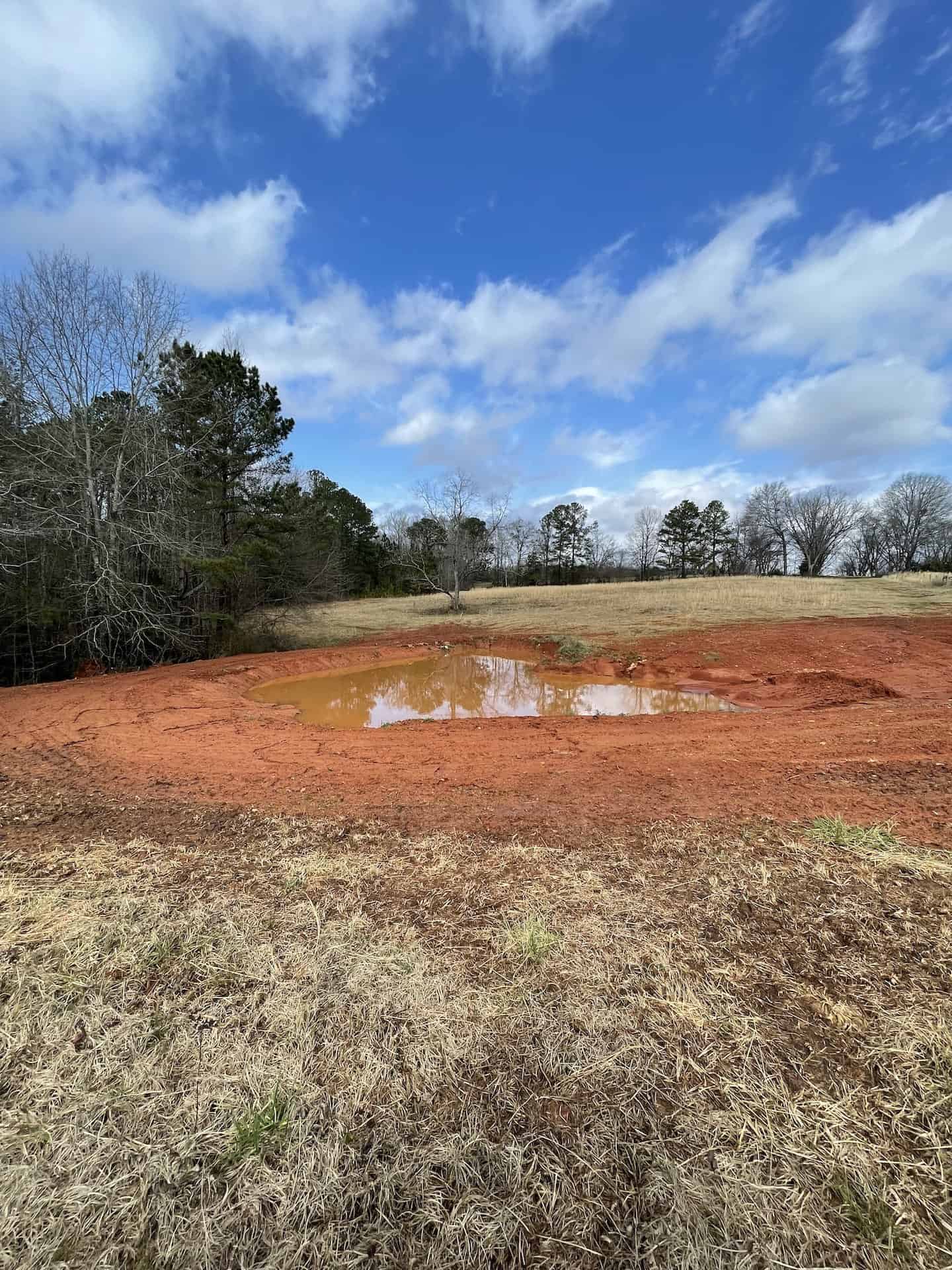

Cover
Michael’s property contains mature greenfields and a variety of native grasses. It also contains a large area of mixed-species forest stands that provide natural travel corridors—as well as prime protective and bedding areas—for his wildlife.
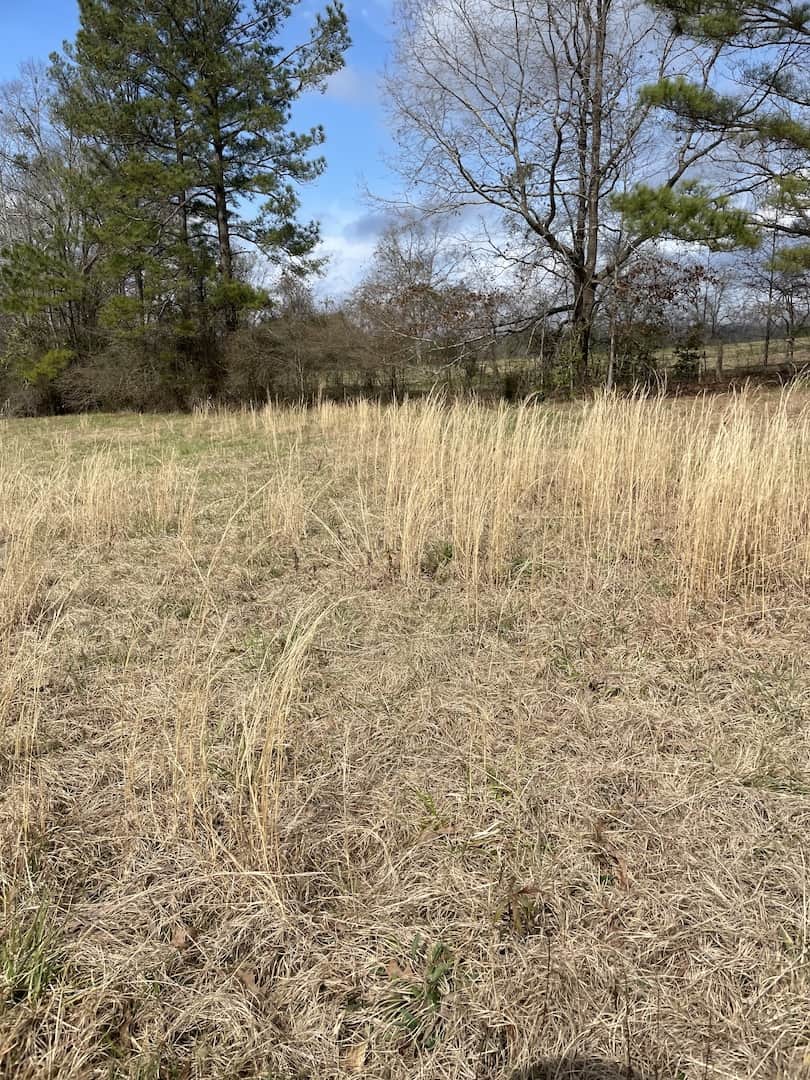

As one of his wildlife management techniques, Michael will occasionally “select cut” some hardwoods to create artificial habitat changes. This includes “edges,” wind rows, and/or areas with varying degrees of sunlight. He recommends researching your property’s tree species to determine which should be kept for cover, and which can be removed for cooking or firewood.
Michael’s property also contains several areas of planted pines that were not introduced to serve as traditional cover. Rather they were planted as a crop he performs controlled burns on every other year. He does this to help eradicate smaller hardwood species and provide his pines with additional water. It also enables native grasses to grow back thicker and creates additional protective and bedding areas for deer and turkey. Check out this “Benefits of Controlled Burning video” that provides more insight on Waddell’s controlled burning techniques.

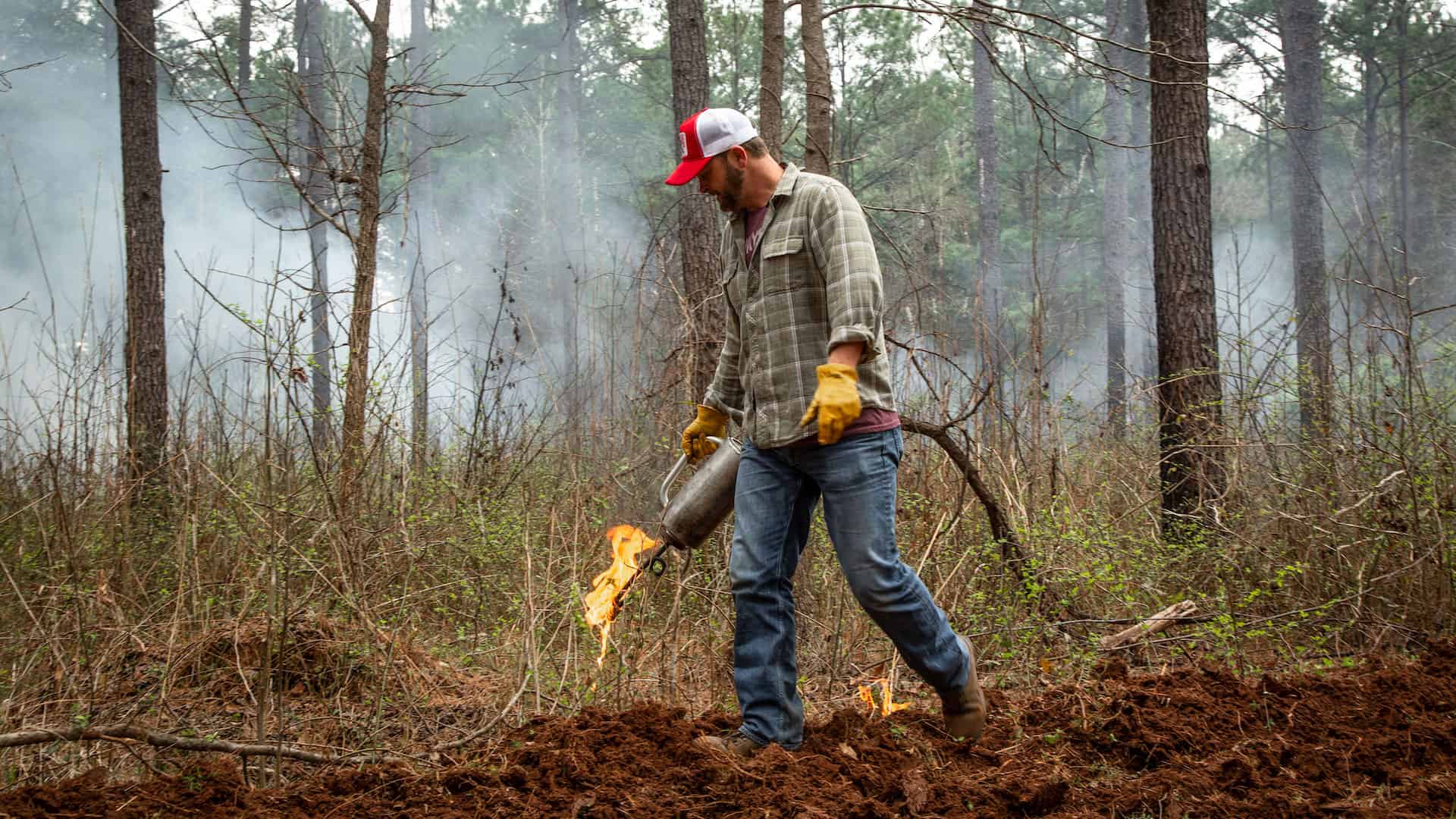
Finally, Michael’s relegated a portion of his forest stands to serve purely as wildlife sanctuaries. While doing so obviously provides them with a degree of respite, it also creates undisturbed pockets to hunt if other more commonly pressured areas aren’t producing.

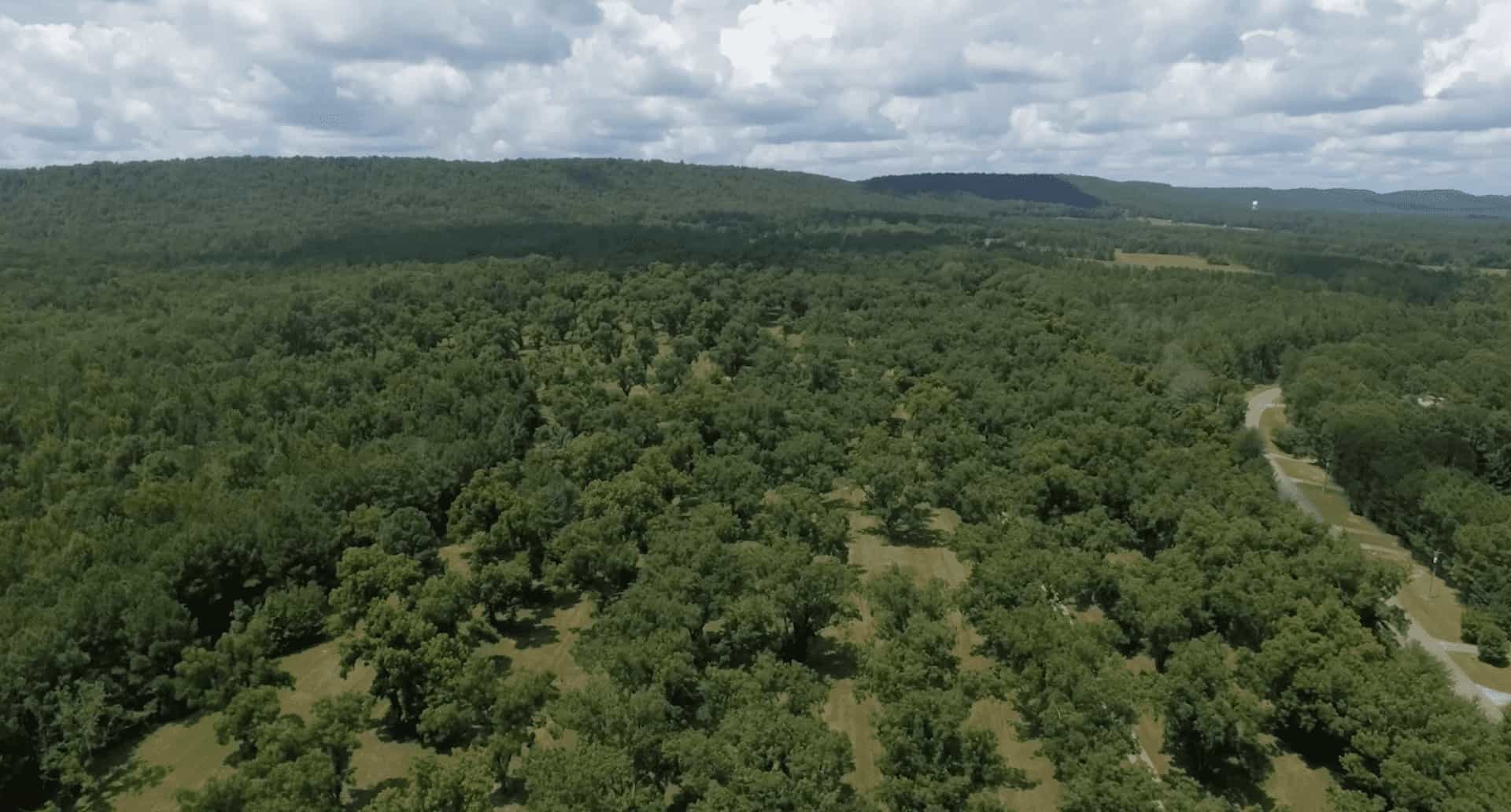
Space
Although primarily used as a food source, Michael considers his greenfields and five-acre pasture to be his primary “space” resources. Of the farm’s 550 total acres, 80 acres are occupied by his pecan orchard, 30-35 acres by pasture and planted areas, and the remaining 430 acres by forest stands.
By following Michael’s time-tested wildlife habitat principles and real-world wildlife management techniques, transforming your rural property—no matter its size—into the wildlife-rich environment you’ve always wanted can be a reality. As long as you have the desire and work ethic, it’ll be an easier, less intimidating undertaking than you thought. “Anything you do that adds any value to helping wildlife is a good thing,” he says. “Just don’t get overwhelmed with too many technicalities.”
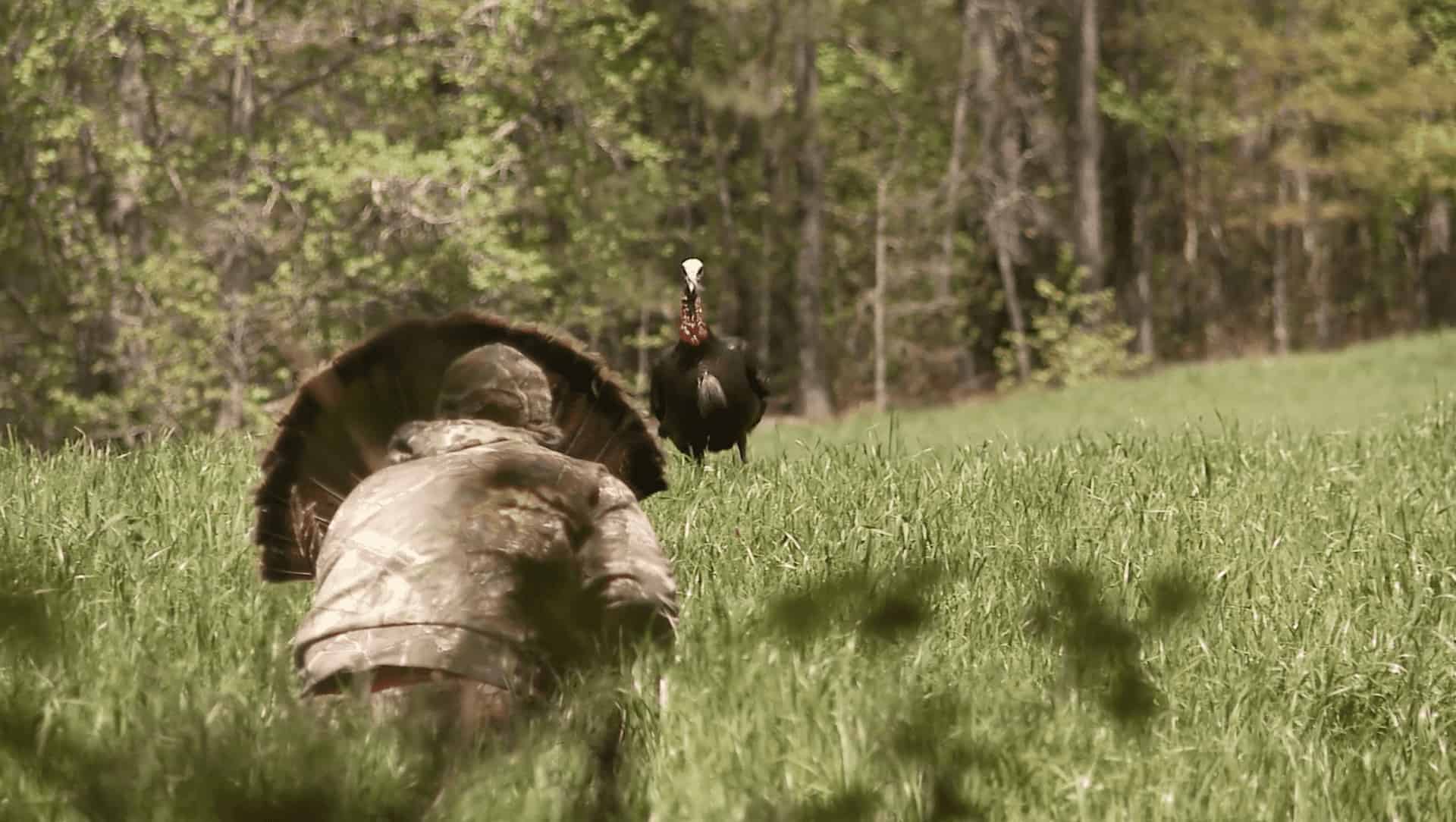
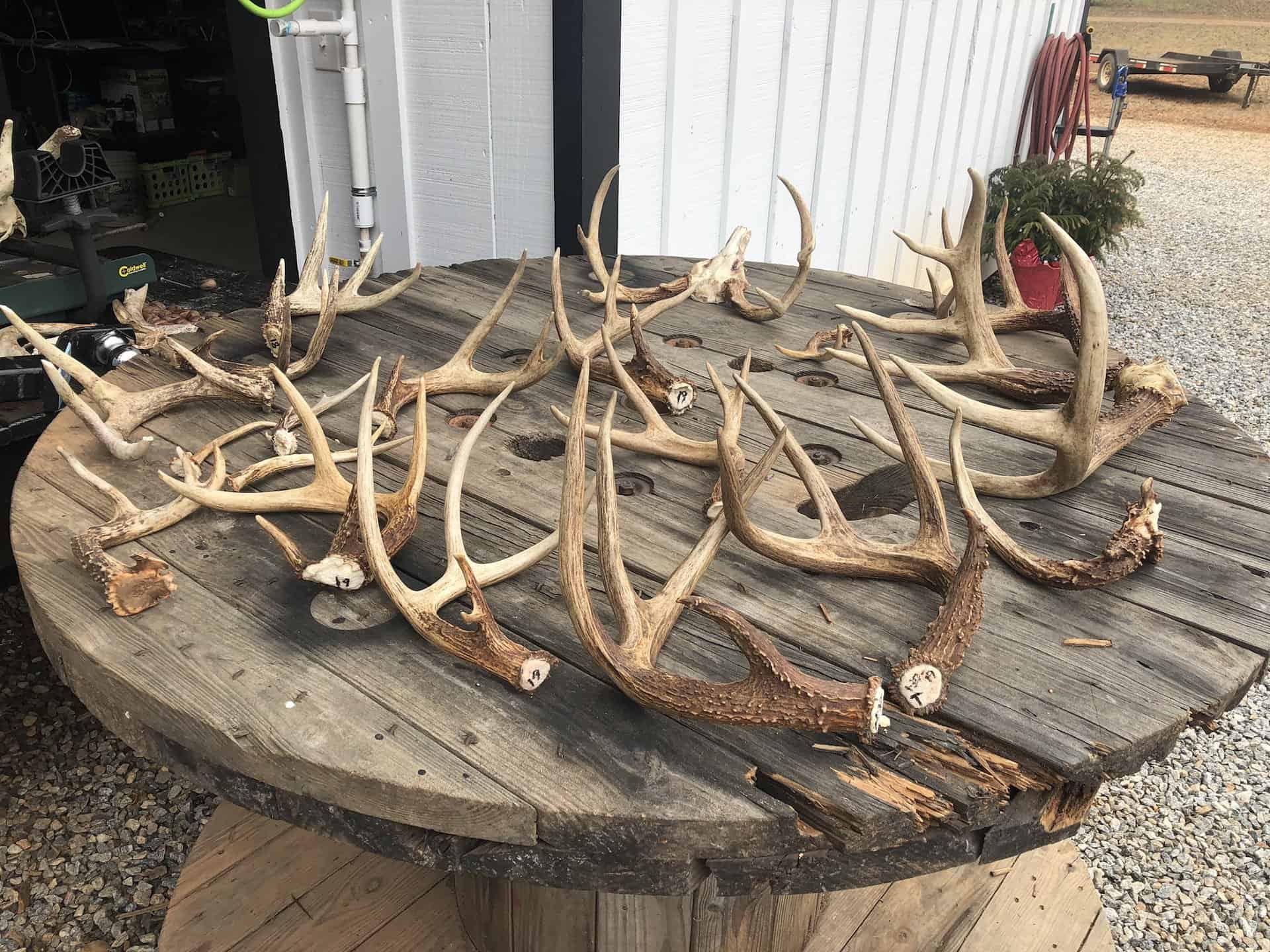
So, what are you waiting for? You’ve read these wildlife management techniques from Waddell. It’s time to start digging that watering hole, burning that stand of pines, or planting that greenfield, and then move on from there. Your wildlife, family—and dinner table—will thank you!
Get to know Michael Waddell, and follow along on the Bone Collector’s Facebook and YouTube channels.


